The 5 Easiest Ways to Cover Old Wallpaper

Wallpaper has seen various highs and lows throughout design history, from its opulent beginnings in aristocratic homes to its widespread use in 20th-century households.
While removing it might seem like the natural first step in updating a room, it’s often more complicated than expected.
Peeling away layers can uncover uneven surfaces, crumbling drywall, or even lead-based paint in older homes. These issues not only escalate your project’s time and cost but can also pose health risks.
Covering wallpaper, on the other hand, is a practical solution that sidesteps many of these challenges. Modern materials like accent wall panelling and textured paint offer stylish and durable ways to conceal outdated designs.
These panels are easy to install and come in a variety of textures, from wood to faux brick, allowing you to refresh your space without the mess.
In this article, we’ll discuss how to effectively cover wallpaper and explore five creative materials to achieve a stunning transformation.
Should You Cover or Remove Wallpaper?
Deciding whether to cover or remove wallpaper depends on various factors, including the wallpaper’s condition, your time constraints, and your ultimate design goals. Each option has its benefits and challenges, so understanding when to choose one over the other can save you time, money, and headaches.
When to Cover Wallpaper
Whether you're a renter or a homeowner, covering wallpaper is a great solution when you want a quick aesthetic change without diving into a messy renovation. It can also be a great option when removing the existing wallpaper is just going to cause more issues, like...
Crumbling drywall!
Uneven peeling!
More drywall underneath!

If you're reading this, maybe you've peeled a small amount of wallpaper off and already seeing some of the challenges above, and you're wondering if you really need to go through with this.
If there's already damage to the wallpaper itself, uneven seams or tears, or any other imperfections to the surface, thicker solutions like textured wall panelling can make all new again.
If the wallpaper is still in good shape without any major bubbling, peeling, or dents, thinner options like textured paint or, yes we're saying it, another layer of (newer) wallpaper.
When to Remove Wallpaper
Removing wallpaper is the better option when dealing with older or heavily damaged walls. If the current wallpaper is bubbling, peeling, or stained, covering it could amplify these imperfections. Removal allows for a clean slate, providing flexibility to explore different finishes without restrictions.
However, removing wallpaper can be labor-intensive. It may reveal flaws in the underlying wall, such as cracks or uneven surfaces, which will require repair. For homeowners looking for a flawless finish or planning a long-term investment in their home, the extra effort can be worthwhile.
Making the Right Choice
If speed and minimal disruption are your priorities, covering wallpaper offers a simpler, faster route. It's also ideal if you're worried about disturbing asbestos or old, lead-based paint, which must be done by a professional in most areas, but can typically be covered without the need for remediation or hiring a professional.
On the other hand, if you have the have the time to remove the wallpaper, repair and re-finish what's underneath and want your home to be permanently wallpaper-free, forever, you may want to get it over with and do the entire removal process.
Carefully weigh these factors to decide which approach aligns best with your needs and resources.
1. Cover Wallpaper with New Wallpaper
One of the simplest ways to cover wallpaper is by applying a new layer over it. This method has been a go-to solution for decades and remains popular today thanks to advancements in peel-and-stick technology.
Modern wallpapers come in a vast array of designs, from classic florals to geometric patterns, allowing you to refresh your space quickly. Peel-and-stick options are especially convenient, as they’re easy to apply and remove without leaving residue.
2. Cover the Wallpaper With Paintable Wall Panelling

For those seeking a more textured and dynamic look, accent wall panelling is an excellent choice. Paintable fluted panels like the ones pictured above offer versatility and ease of installation.
Whether you prefer classic wainscoting or contemporary geometric designs, there are paintable wall panelling styles out there to fit every aesthetic. They’re typically installed using glue or nails, making them a viable option for both DIY enthusiasts and professional installers.
Depending on your region, painted wall panel pricing can range from $2-7 per sqft, with basic options like beadboard being on the lower end, and premium options like fluted or ribbed panelling costing more.
3. Cover Old Wallpaper With Faux Brick or Concrete Panels for an Industrial Touch
If you’re drawn to industrial or urban aesthetics, faux brick and concrete panels are the way to go.
These materials replicate the raw, textured appeal of masonry without the need for extensive labor or expense.
Historically, real brick and concrete were used to create bold architectural statements in loft-style apartments and warehouses. Today, faux panels provide an easier, lightweight alternative.
Faux brick panels, often pre-finished in classic red or whitewashed tones, bring a rustic charm to any room.

Meanwhile, faux concrete offers a sleek, modern finish, perfect for minimalist designs. Both types are available in interlocking sections, making installation a breeze.
Simply adhere them over the old wallpaper to instantly transform your space, and it can be a great way to create a TV accent wall as well.
4. Cover Old Wallpaper and Add Warmth with Wood Wall Panels
Wood wall panels are a timeless choice for homeowners looking to introduce warmth and natural beauty into their interiors.
These panels work exceptionally well for covering wallpaper, as they create a solid, structured backdrop that conceals imperfections, and the thick acoustical felt backing also conceals any crumbling or wall damage that has already occurred.
Designs like the Original or Wide Willow Panel add depth and dimension that feels both grounded and sophisticated.
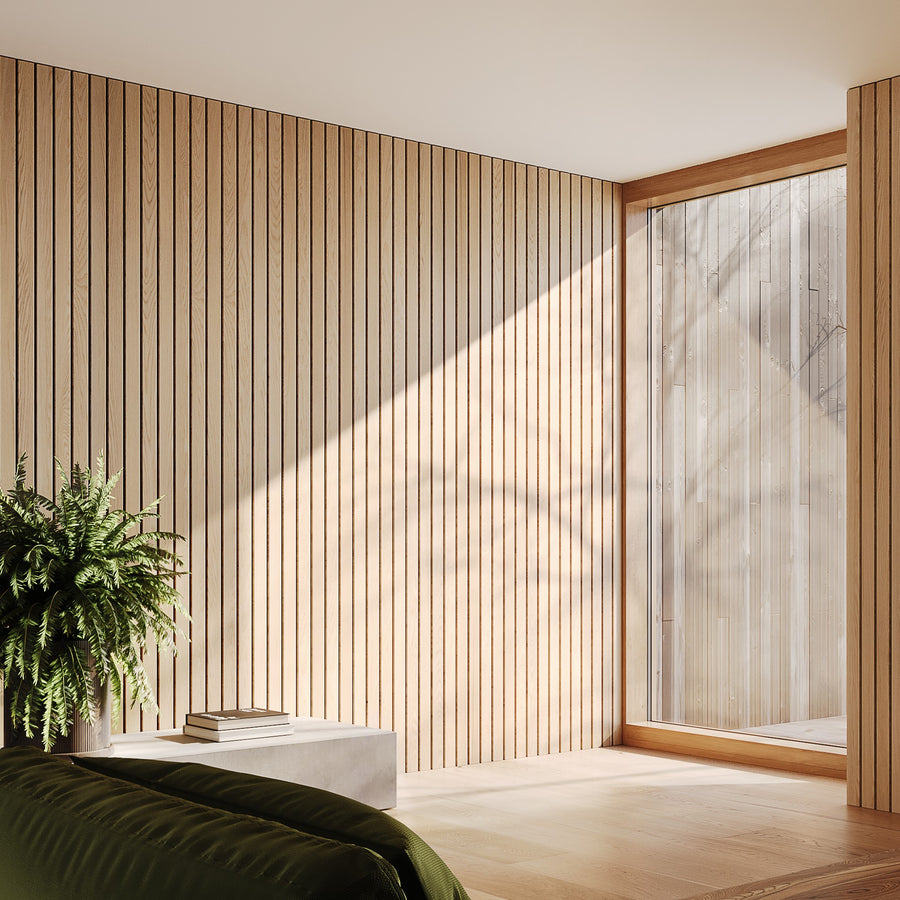
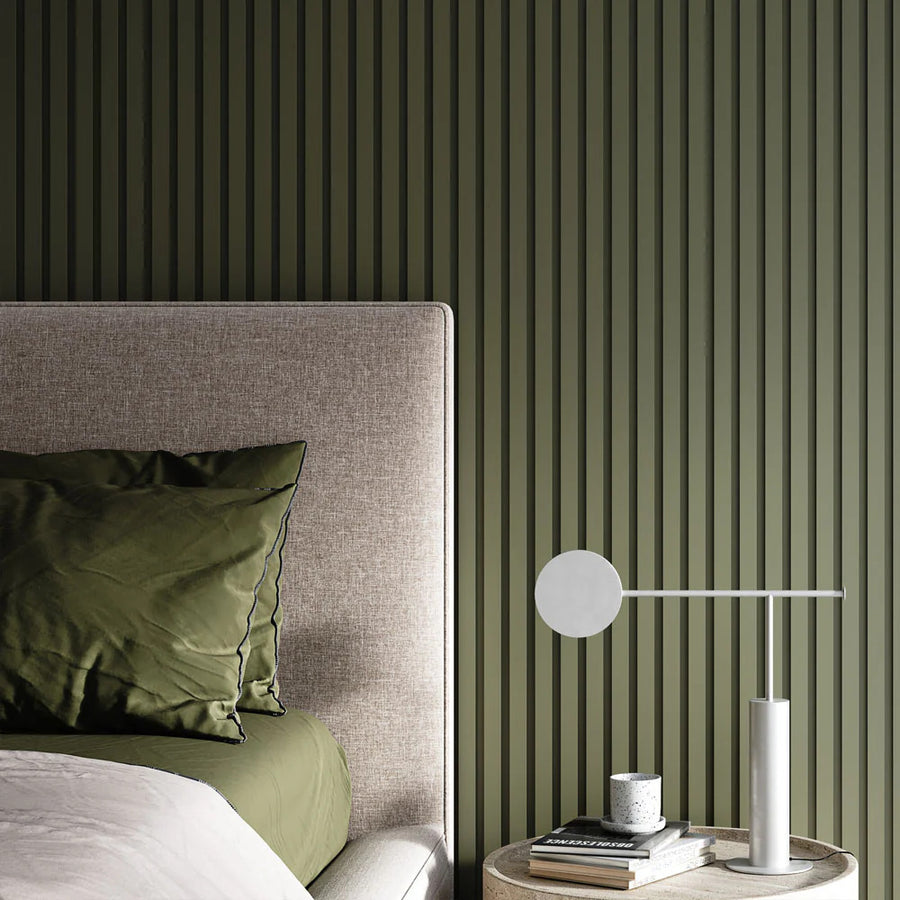
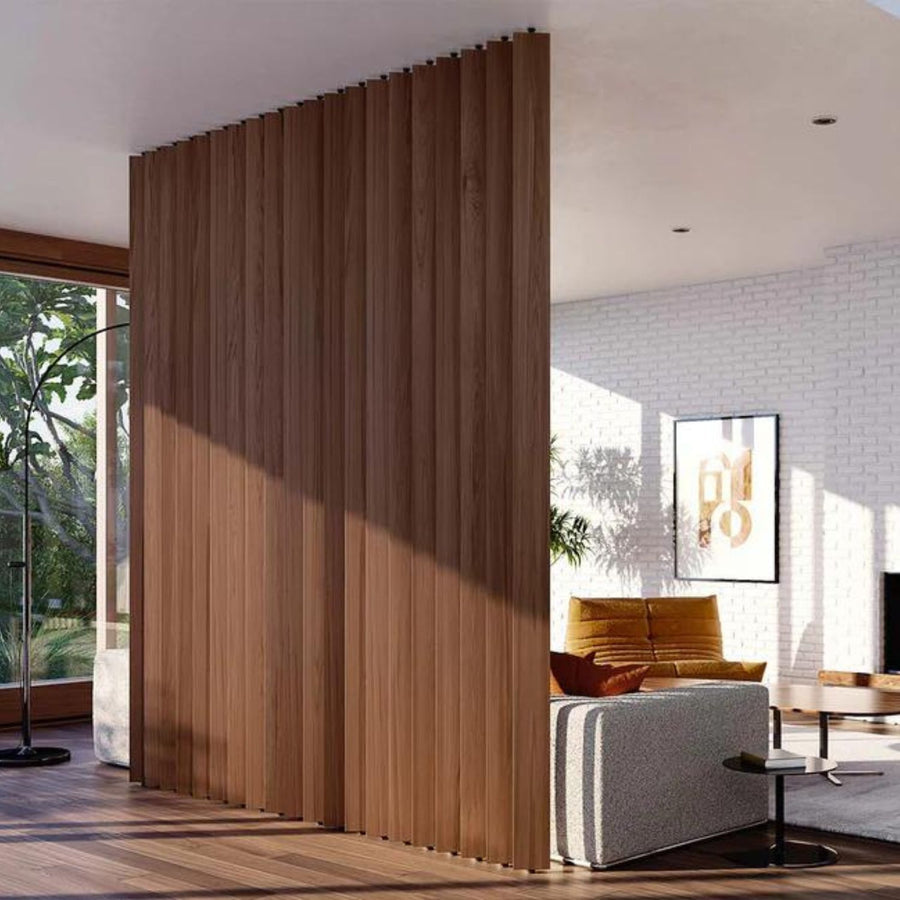

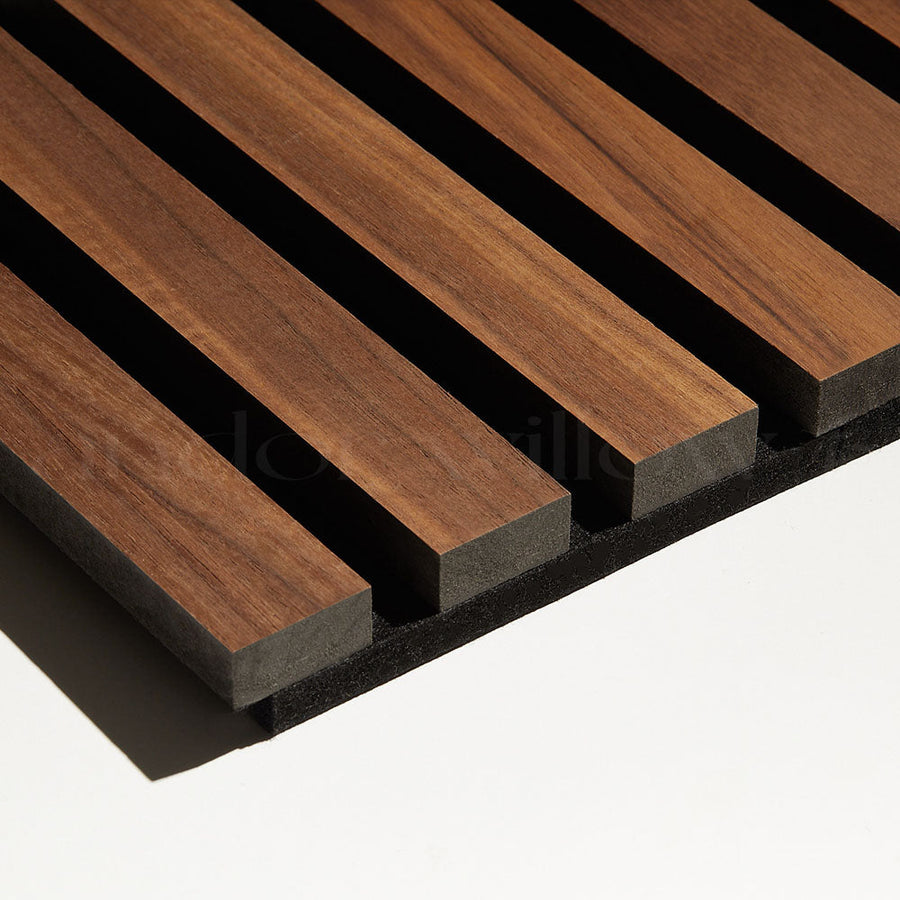
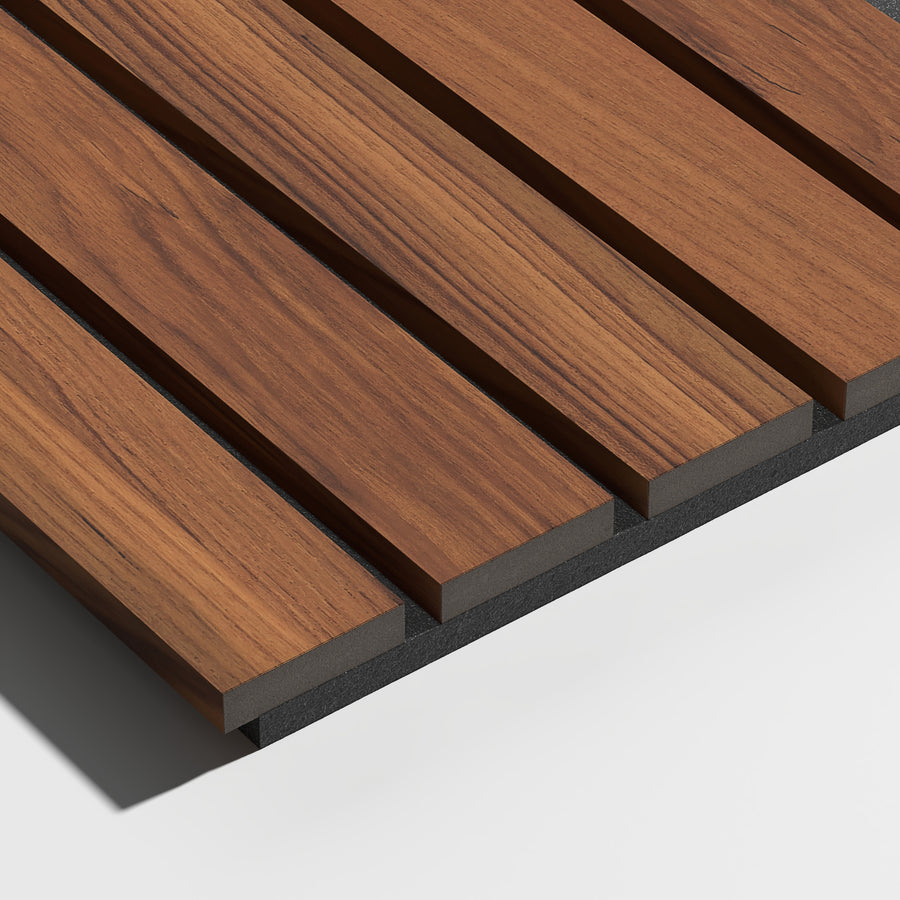
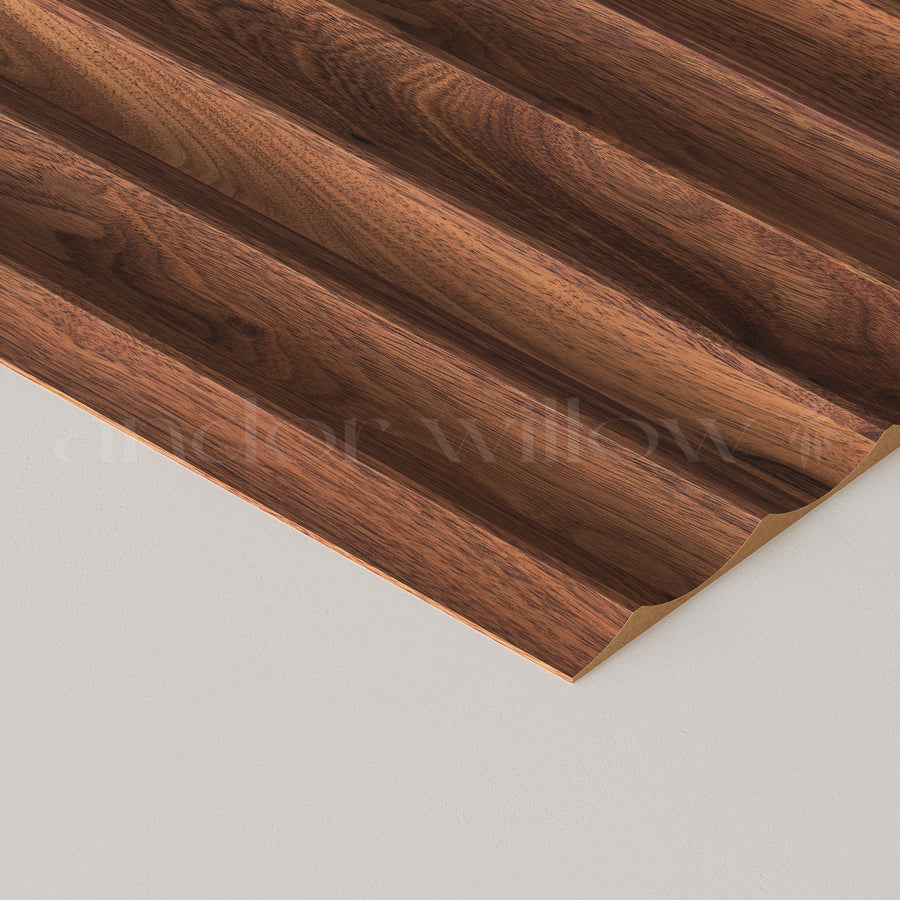
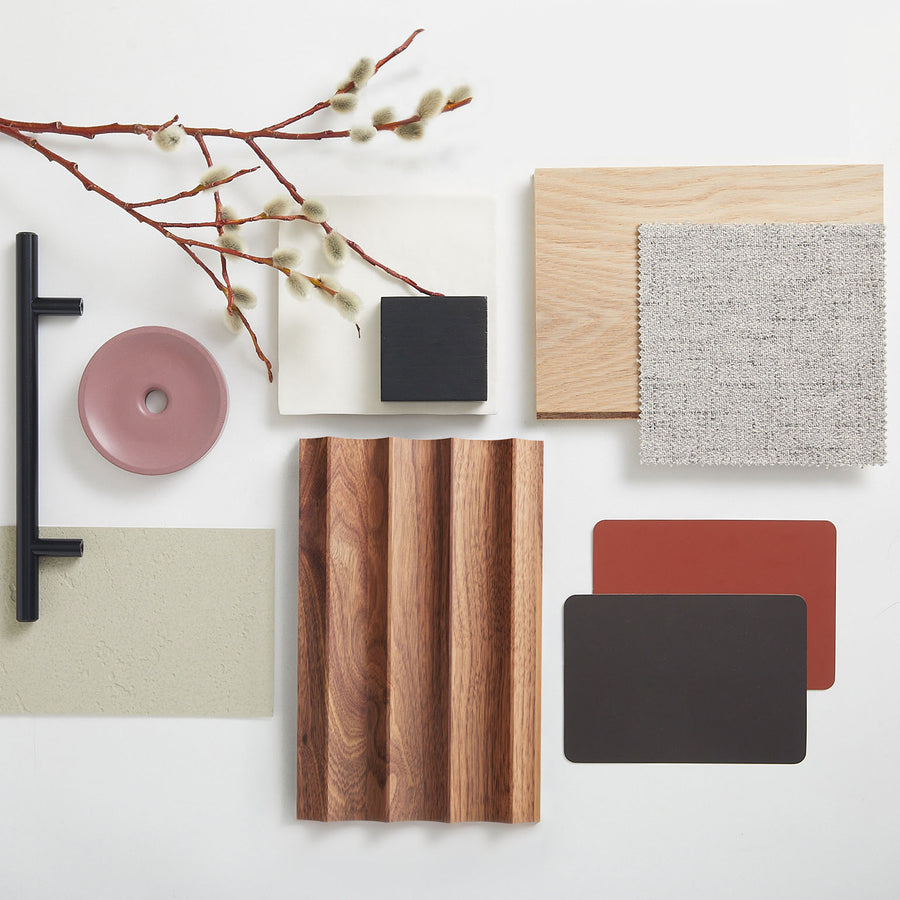
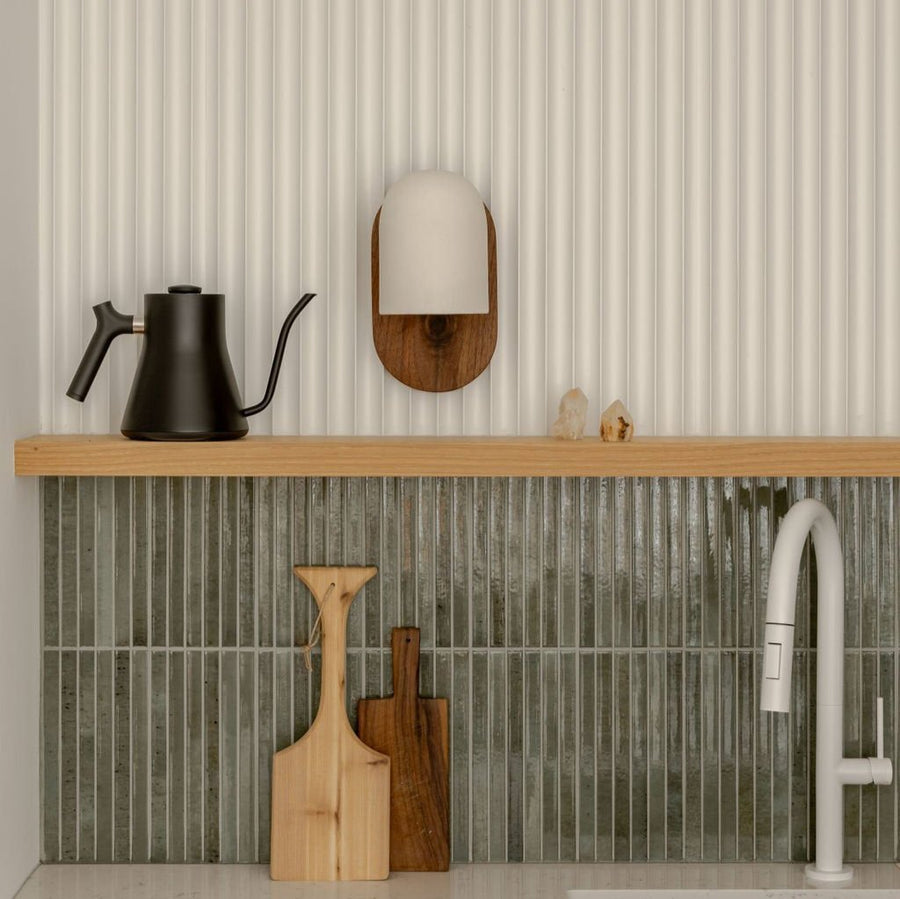
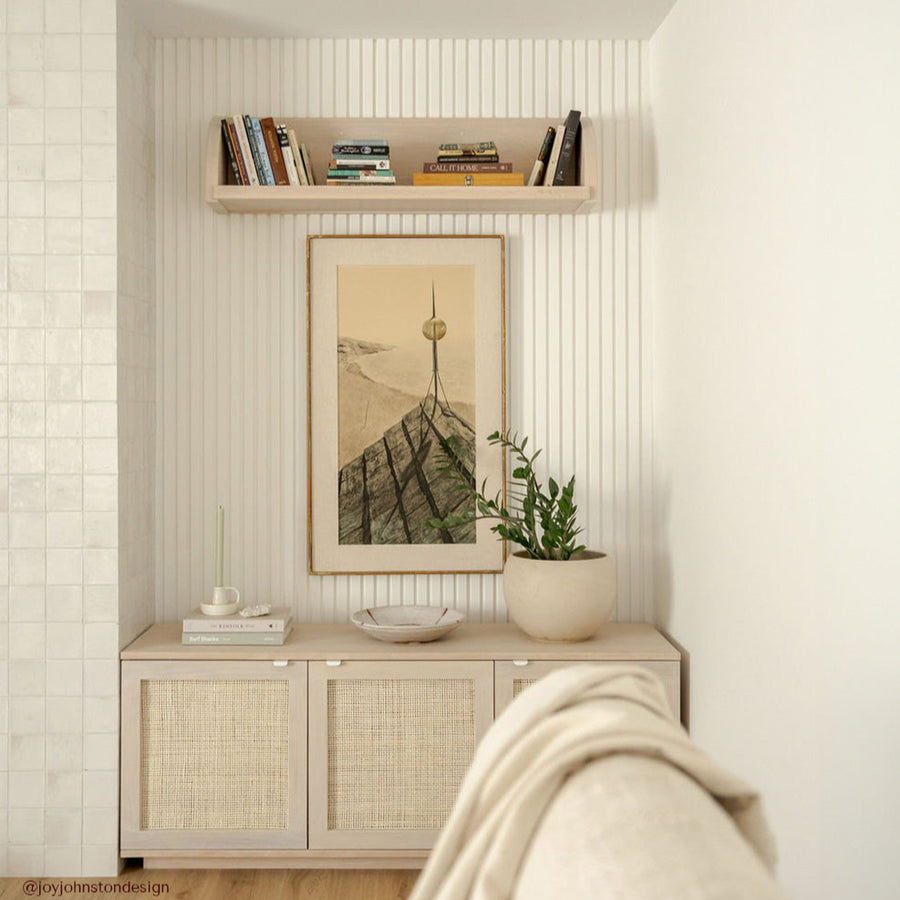

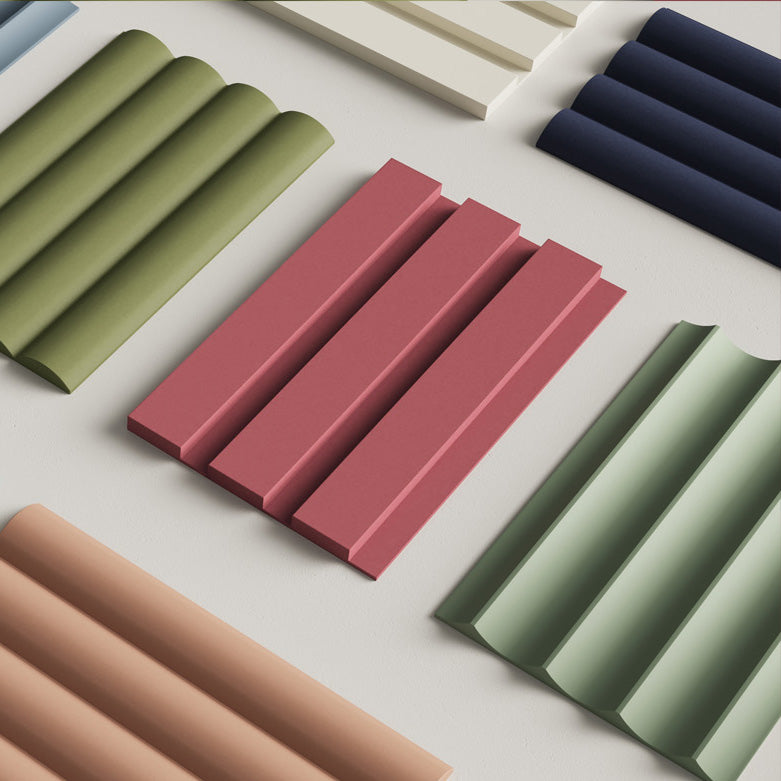















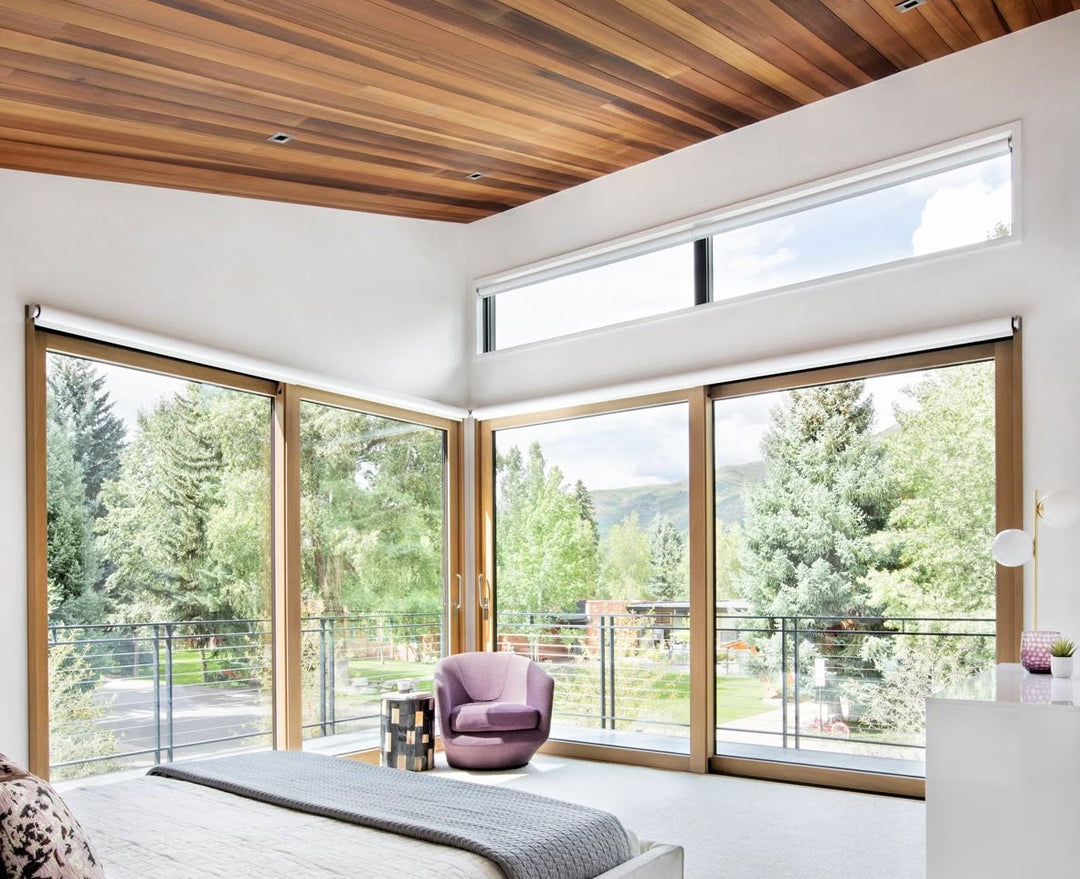


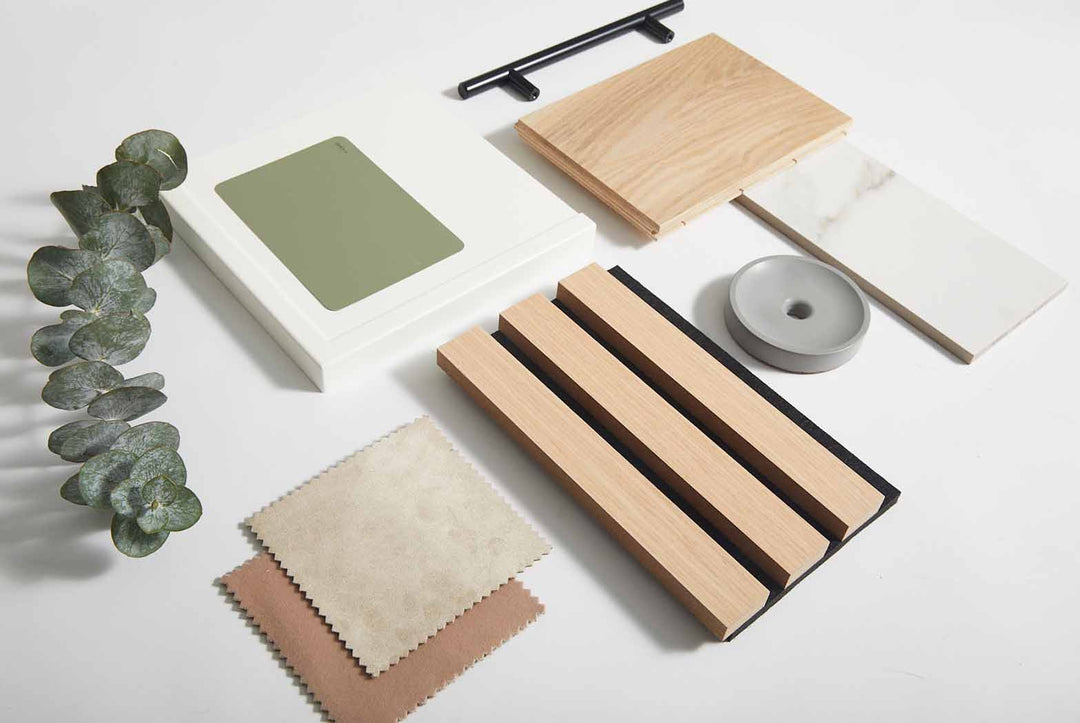













Where can I purchase Limewash and does it come in colors or does it have to be painted
https://inmatricularepermisdeconducereromaneasca.com/ – cumpara permis de conducere
https://inmatricularepermisdeconducereromaneasca.com/ – permis de conducere romanesc authentic
https://permisdeconduceremoldovenesc.com/ – cumpara permis de conducere moldovean
https://magyarjogositvany.com/ – vásárolni magyar jogosítványt
Can I wallpaper over brand new paper to cover visible seams and gaps beneath ceiling
Thanks
Leave a comment